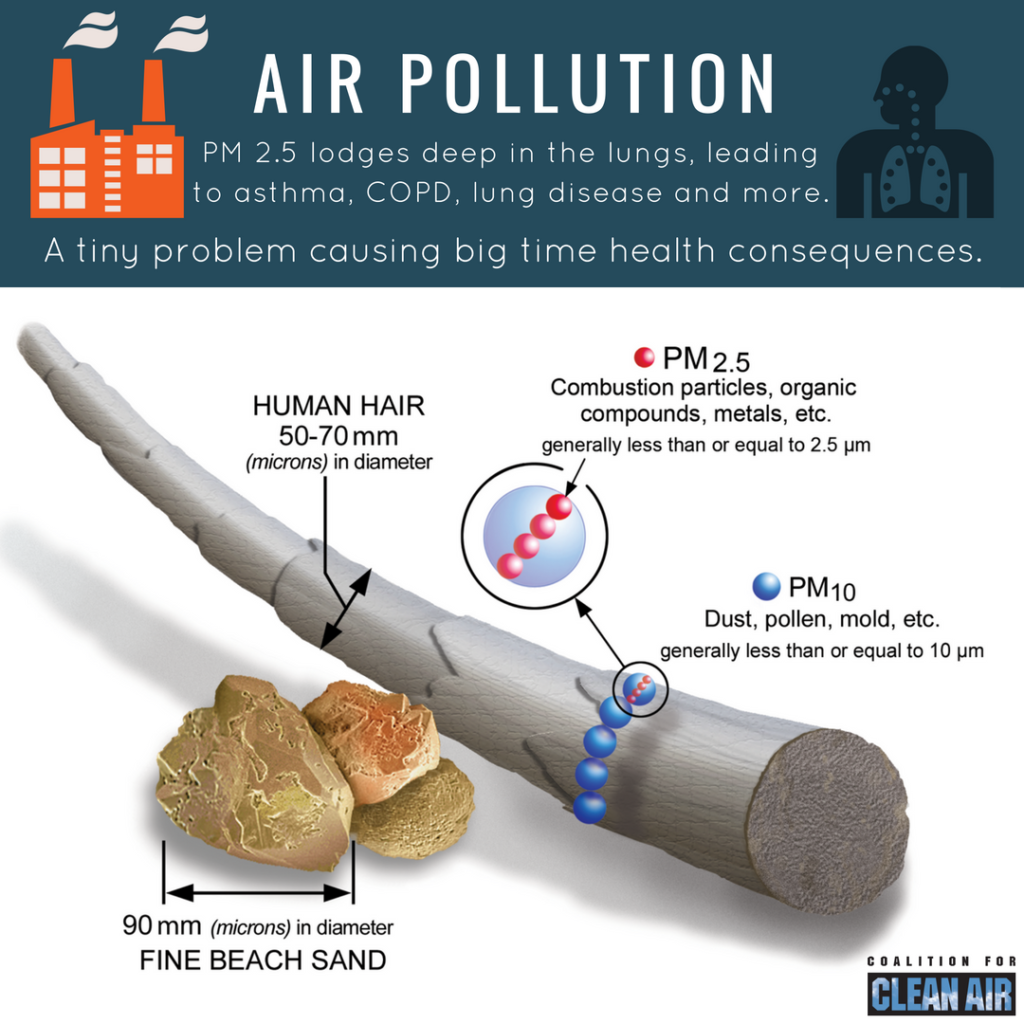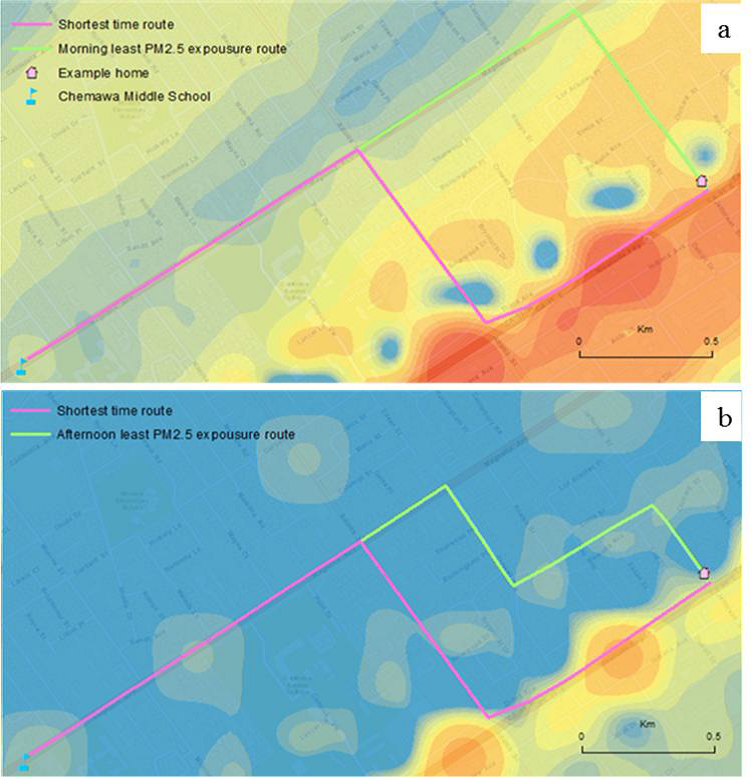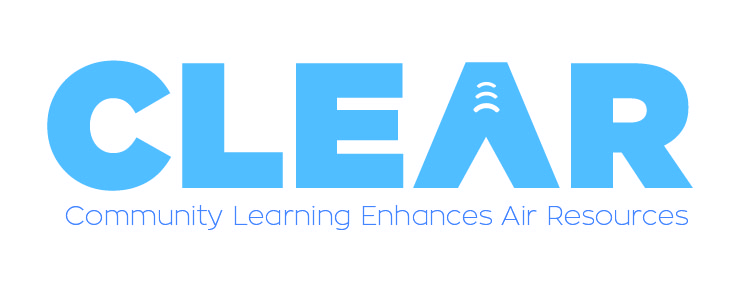We are facing a challenge. Too many of us compare air pollution today with the 1970s. Take this message we received via Facebook:
 As someone born in 1960, I can state that the air in Los Angeles is significantly cleaner now than it was back in the 70’s when smog alerts were the norm. I lived 5 miles from the San Gabriel Mountains and couldn’t see them due to the brown haze that never seemed to go away. I’d wheeze and cough after playing outside. Eyes would burn.
As someone born in 1960, I can state that the air in Los Angeles is significantly cleaner now than it was back in the 70’s when smog alerts were the norm. I lived 5 miles from the San Gabriel Mountains and couldn’t see them due to the brown haze that never seemed to go away. I’d wheeze and cough after playing outside. Eyes would burn.
Since then regulations such as the Clean Air Act and actions taken on their own by businesses have vastly improved our air quality and alleviated pollution overall. Go to the Third World! That’s where your services are needed. You aren’t needed here anymore.
Here’s the thing: just because you can’t see the pollution anymore, the fact is that air quality is still very, very bad. The more we learn about its impacts on health, the more serious the problem looks. New research suggests air pollution isn’t just a risk factor for asthma, COPD and lung cancer, but increases the risk for diabetes, heart disease, leukemia and more. With the South Coast Air Quality Management District still out of compliance with the Clean Air Act, what’s at stake has never been more critical. Depending on where you live, air quality could worse than what you remember.
Here’s the good news. Advances in air quality monitoring technology are showing that we can avoid some of the worst air pollution. Using advanced modeling, UC Riverside’s College of Engineering Center for Environmental Research and Technology showed how pedestrians and bicyclists could reduce their exposure to traffic-related air pollution significantly.
 Now imagine if those same pedestrians had a network of air quality monitors available to them. If modeling can help people avoid exposure to air pollution, real time data could provide site-specific information that would go well beyond the neighborhood scale.
Now imagine if those same pedestrians had a network of air quality monitors available to them. If modeling can help people avoid exposure to air pollution, real time data could provide site-specific information that would go well beyond the neighborhood scale.
At CCA President and CEO Joe Lyou’s house, we saw how a concentration of fireworks and barbecues over President’s Day weekend increased air pollution exponentially. Near the site of the ExxonMobil refinery in Torrance, our monitors picked up pollution spikes where local air quality regulators’ monitors didn’t. At Smog City Brewing Company, we learned that pollution is consistently at its highest during the early morning commute.
All of these locations have one thing in common – the information provides a choice for residents to take different actions that will allow them to breath cleaner, healthier air.
Interested in learning more about air quality monitoring in your neighborhood? Sign up for CLEAR today.
CLEAR has been made possible thanks to funding from the Harbor Community Benefit Foundation, the Dipaola Foundation the William C. Bannerman Foundation and donors like you.

Polluted air is a risk for health. There are places where air is cleanest but air is air: it moves. We have to stop polluting ang cure the air everywhere!